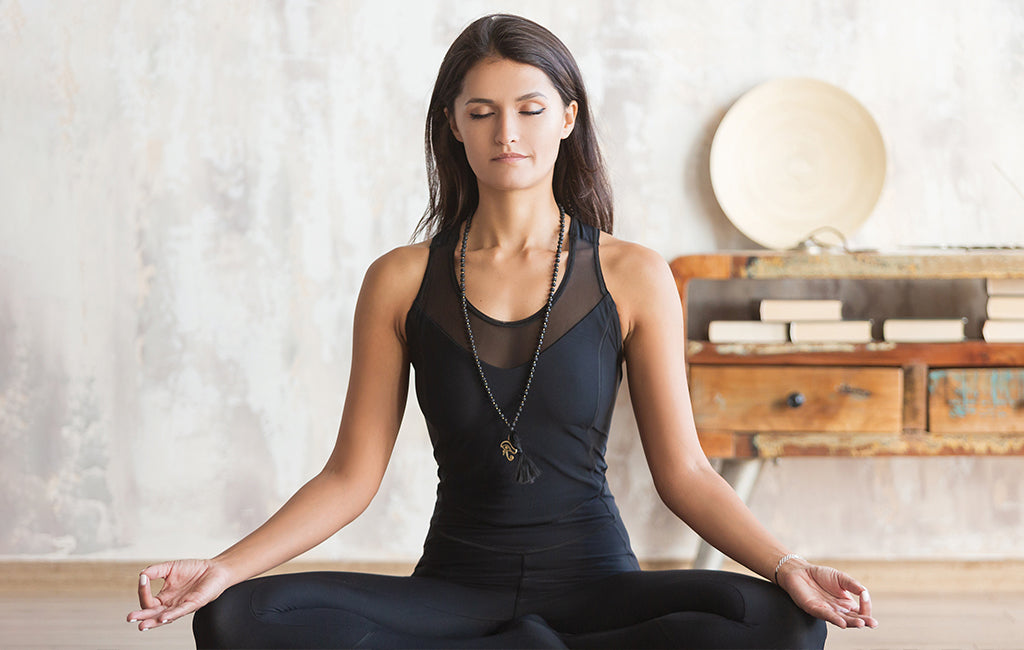Exactly How to Meditate: A Step-by-Step Strategy to Achieving Mindfulness and Calmness
Meditation serves as a powerful device for attaining mindfulness and psychological calmness in a hectic world. By comprehending the fundamental principles and methods included in reflection, people can grow a method that improves their general wellness.
Understanding Meditation
Understanding reflection entails grasping its fundamental principles and strategies, which offer as the structure for the technique. At its core, reflection is a psychological exercise aimed at promoting leisure, building internal power, and creating empathy and insight. The practice motivates individuals to focus their focus, frequently through strategies such as deep breathing, visualization, or concept repetition.
Meditation can be classified into various designs, consisting of mindfulness, transcendental, and loving-kindness meditation, each with distinctive objectives and methods. Mindfulness meditation stresses present-moment understanding and non-judgmental observation of sensations and ideas, while transcendental reflection includes making use of details rules to go beyond ordinary idea processes. Loving-kindness reflection concentrates on developing a mindset of love and concern in the direction of oneself and others.
No matter the method employed, the key goal continues to be constant: to cultivate a much deeper understanding of the mind and its patterns. This self-awareness fosters psychological resilience, quality of thought, and an extensive feeling of calm (How to meditate?). By recognizing these principles and strategies, individuals lay the groundwork for a successful reflection technique that can substantially enhance their general health
Preparing for Your Technique
Prior to starting your reflection method, it is vital to produce an environment for concentrate and relaxation. Select a quiet room where you are not likely to be disrupted. This can be a corner of an area, a yard, or any kind of place that stimulates a feeling of peace. Make sure that the location is cost-free and clean of clutter, as a neat setting can help clear the mind.
Consider the illumination, as natural light can improve your state of mind and power. Soft, cozy lights is often more soothing than severe fluorescent lights. Additionally, pick a comfortable temperature, guaranteeing that you are neither as well hot nor as well chilly.
Integrating aspects that promote serenity can even more improve your experience. This could consist of soft paddings or coverings for convenience, in addition to soothing scents from important oils or incense. It can also be advantageous to have a timer established for your reflection session to protect against disturbances from clock-watching.
Fundamental Meditation Techniques
Another effective method is body check meditation. This includes emotionally scanning your body from head to toe, discovering any kind of areas of tension or discomfort and knowingly relaxing those muscle mass. This method cultivates a deeper link between your mind and body.

Lastly, loving-kindness meditation concentrates on cultivating concern in the direction of yourself and others. Calmly repeat expressions of goodwill, enhancing psychological wellness and interconnectedness. Each of these techniques functions as a foundation for your meditation trip, allowing you to locate the technique that resonates finest with your personal technique.
Preserving Emphasis and Mindfulness

Establishing a devoted meditation space can enhance the ability to maintain mindfulness. A quiet, uncluttered setting minimizes interruptions, allowing for deeper immersion in the practice. Additionally, establishing a time frame can aid take care of assumptions; beginning with shorter sessions may relieve the transition right into longer techniques.
Making use of strategies such as body scanning or observing feelings can likewise reinforce mindfulness. These techniques encourage practitioners to stay existing and engaged with their physicality, anchoring their interest in the moment. Routine practice is vital; the mind builds resilience gradually, producing a stronger capacity for focus.
Incorporating Meditation Into Day-to-day Live
Integrating reflection into life can change routine tasks into opportunities for mindfulness and self-reflection. click to read By incorporating mindfulness methods into typical tasks, people can cultivate a better sense of presence and harmony amidst the numerous hours of everyday life.
Begin by determining minutes throughout your day where you can pause and exercise mindfulness. Even ordinary activities like washing recipes or strolling can become chances for meditation by directing your attention to the feelings of activity and the audios surrounding you.
Furthermore, reserving devoted times for meditation can strengthen its technique. Beginning with short sessions, gradually look at here enhancing duration as you end up being much more comfy. Use reminders or hints-- like a certain time of day or a relaxing audio-- to develop consistency.
Ultimately, the goal is to weave mindfulness into the textile of day-to-day live, permitting you to come close to each minute with objective, therefore enhancing your overall feeling of health and clearness.
Conclusion
In conclusion, effective reflection requires a peaceful atmosphere, a comfortable position, and an emphasis on the breath. Regular reflection, even in quick sessions, fosters a much deeper connection to the present moment, eventually leading to greater tranquility and psychological clarity in day-to-day life.
Meditation can be classified into different designs, including mindfulness, transcendental, and loving-kindness reflection, each with distinct purposes and techniques. Mindfulness meditation highlights present-moment awareness and non-judgmental observation of feelings and ideas, while copyright includes the usage of specific rules to go beyond regular idea procedures.With your meditation area prepared, it's time to discover various basic reflection strategies that can help cultivate mindfulness and internal tranquility.Consistently preserving emphasis and mindfulness throughout meditation can be difficult, particularly for those brand-new to the practice.Establishing a committed reflection space can enhance the capability to keep mindfulness.